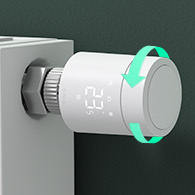Exactly, and there's no reason (maybe even the converse to some extent) why the question of where 'things need to be plugged in' has anything to do with the locations, or wiring arrangements, of the sockets - so, by my reckoning, if they just 'plugged things in where they needed to be plugged in', they would be no less chance of 'overloading' some of the circuit with your (very unusual) arrangement than in would be with conventional wiring, would they?
Nothing unusual about it, it was absolutely standard practice I can assure you and for the very good reasons I explained earlier - it minimises volts drop and evens out the load along both ends of the ring. Were the cables singles in conduit, it would also make it much easier drawing shorter lengths in as well as using up shorter cable lengths.
If a circuit consists literally of (only) what you describe (just one line of sockets in a straight line), then the argument for it to be wiring as a ring of any sort (and wired in any fashion) is pretty weak.
Kind Regards, John
